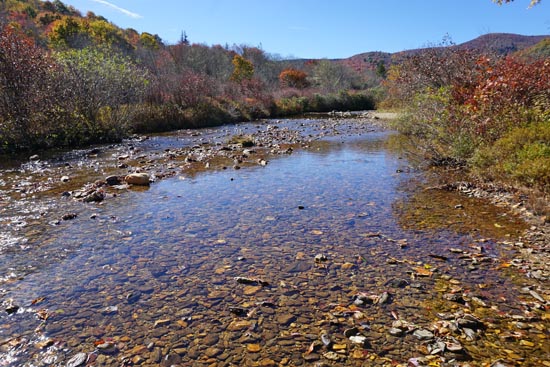Legislative News by Nelda Holder –
I was a graduate student in environmental studies at Antioch New England and went on a field trip with my ecology class.
It’s odd, really, that I remember that day so vividly, but it was a beautiful and sunny experience of meandering through some New England woodlands on an old, old path, and coming to an opening in the trees that revealed a thriving wetland in all its glory—sitting there doing its job of cleaning water while supporting an amazing habitat of thriving plant and animal life.
I’d never thought seriously about those “wet spots” before … the smaller wetlands in my piedmont homeland. Sure, the coastal swamps seemed somehow mysterious and magnificent, but I had never stopped to appreciate their vitality of life and their vital value to wildlife and flood control. And to our history, as they contain some of the oldest wetland trees known in the world, including 2,600-year-old bald cypress trees.
And I had totally ignored both the existence and importance of mountain wetlands, where biological diversity thrives and supports a host of species. Think dragonflies. Those little flying glories plus amphibians, bats, and other terrestrial organisms all live in this mountain habitat treasure. Or think trees: sweet gum, hornbeam, hemlock, sourwood, tulip poplar, and many other species.
- An acre of wetland can store 1 to 1.5 million gallons of floodwater.
- Nearly all (90%) of our commercially harvested fish and shellfish depend on wetlands.
- Wetlands help replace water in underground sources and reservoirs by holding it after rainfall and slowly releasing it into the ground.
- Wetlands in North Carolina provide resting locations for migrating birds like tundra swans, songbirds, gannets, and more. They also serve as an important refuge for pollinating insects, which we rely on for pollinating most of our fruits and…
Read the full article here



